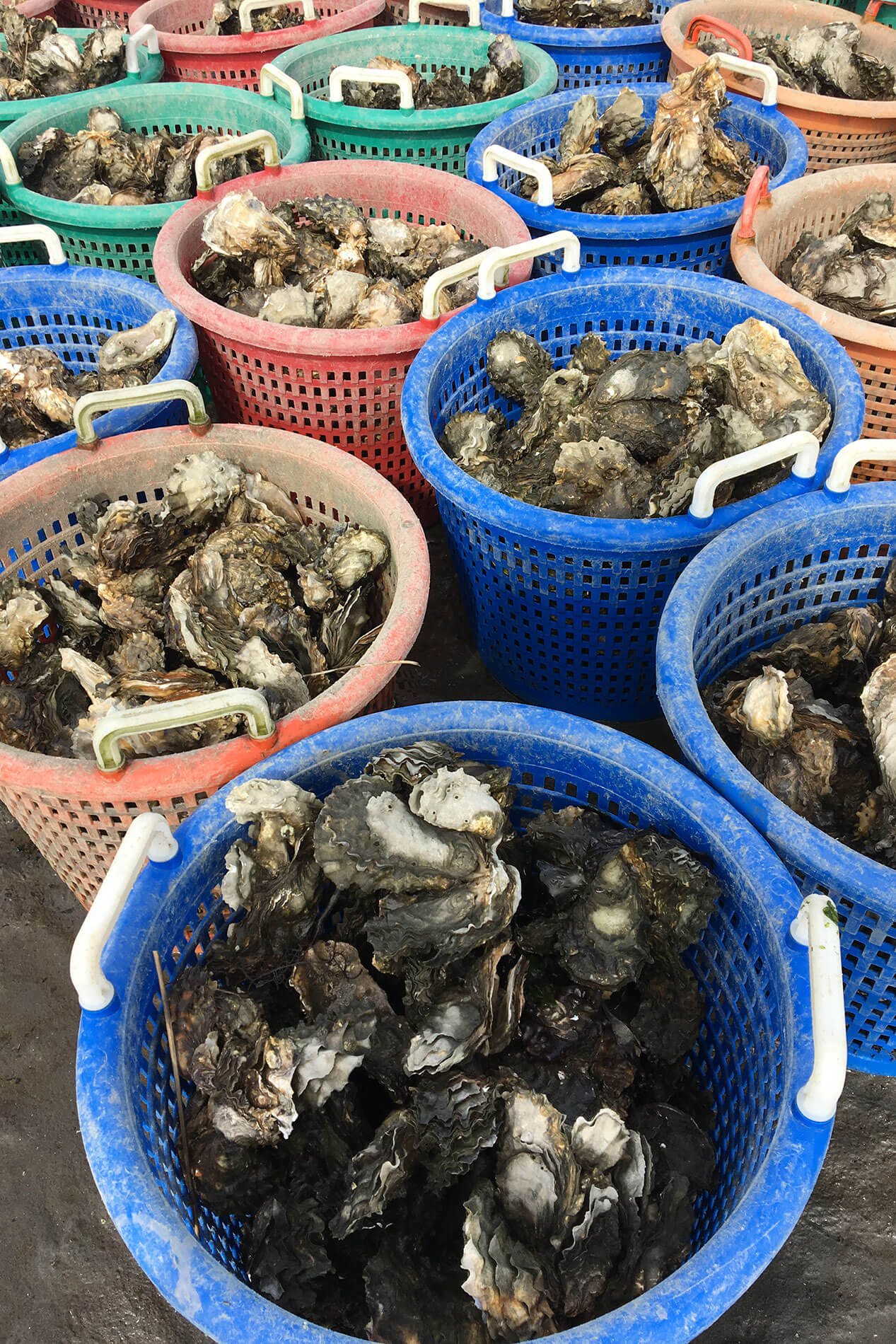
In February 2022, the United States and the European Union concluded ongoing negotiations to resume trade in live bivalve shellfish. For the first time since 2010, US producers (in Massachusetts and Washington) are eligible to export live, raw and processed shellfish to the EU, including oysters, clams, mussels, and whole or roe-on scallops. EU producers (in Spain and the Netherlands) are also eligible to export live shellfish to the US. A collaborative, NOAA-funded study supported this resumption of trade by providing data about the prevalence and toxicity of lipophilic toxins in US shellfish.
In 2010, the EU stopped accepting US exports of shellfish after the European Commission conducted an audit and determined that US food safety controls were different from and did not comply with comparable EU requirements. To restore trade, the U.S. Food and Drug Administration (FDA) and the European Commission finalized separate proposals to determine equivalence regarding food safety control systems for shellfish. The equivalence determination will allow the US and EU — two countries that use different food safety control measures — to achieve the same level of public health protection.
Data generated by the NOAA-funded research project — conceived by the Washington Department of Health and led by NOAA’s Northwest Fisheries Science Center — were provided to FDA’s Division of Seafood Safety to address European Commission questions regarding the prevalence and toxicity of lipophilic toxins in US shellfish. The research also provided the FDA with much needed information on the occurrence of Azadinium and azaspiracids that was shared with the European Commission during their review of US shellfish safety protocols.
Lipophilic toxins associated with human diarrhetic shellfish poisoning and azaspiracid shellfish poisoning are produced during blooms of the microscopic algae Dinophysis and Azadinium, respectively. These harmful algal blooms can threaten shellfisheries in Washington and other coastal regions around the US.
NCCOS’s Monitoring and Event Response for Harmful Algal Blooms Program provided funding for the project. More details on the FDA food safety equivalence determination, as well as the requirements for exporting to the EU, are available from the FDA and NOAA at the following links:
